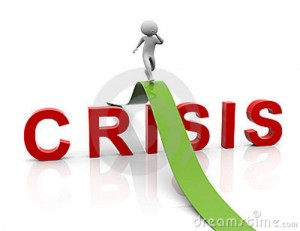This Powerful air scrubber and negative air machine is highly efficient and extremely versatile. This product combines advanced clean air performance with other valuable features to help along a restorers job. The HEPA 500 also has variable speed control from 250 to 500 CFM which is the normal airflow needed on restoration jobs.

Defendair HEPA 500
The filter used in the HEPA 500 has an efficiency rating of 99.97% against 0.3-micron oily aerosol particles. The optional Activated Carbon Filter will effectively and quickly attack and remove smoke and other noxious odors in the environment. The HEPA 500 can fix indoor air quality quickly and efficiently. Any job that involves mold, sewage, or fire damage involves a lot of smelly gases that is a direct result of the damage itself. Water damage needs a high-velocity airflow for drying, this can stir up particulates that have settled in carpet or other materials. It helps to restore any environment back to it’s pre-loss condition, which is the goal of every restoration job.
This product features:
-Daisy chain capability, you can link up to 3 units on 1 power outlet
-Advanced filtration technology
-Stackable, lightweight and easily transportable
-Variable CFM on each unit – up to 1500 CFM per 15-amp circuit
